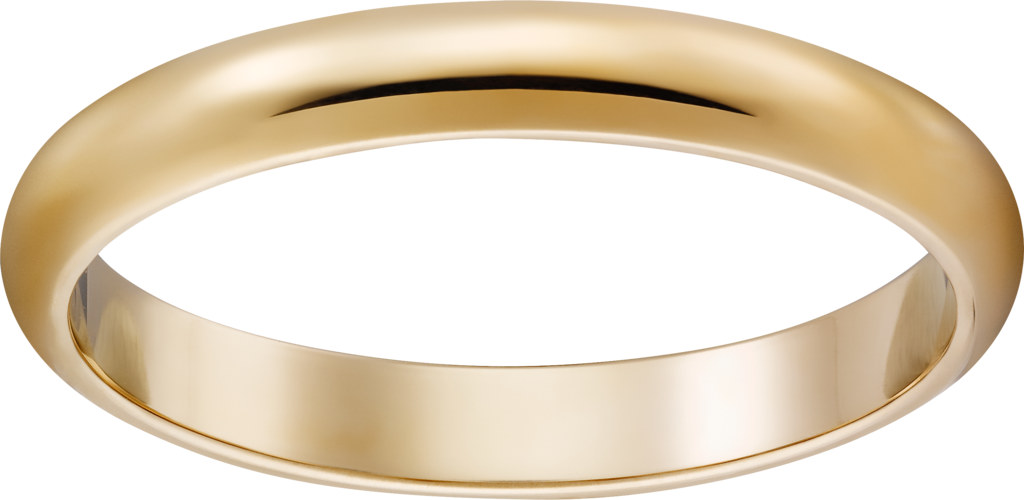Description
Amenities


Safety Requirements

Cancellations
Cancellation Policy :
Cancel the booking more than 72 hours before the rental period starts to avoid any charges. If the booking is canceled between 72 hours and 24 hours before the rental period starts, a cancellation fee will be deducted.
Description
Amenities


Safety Requirements

Cancellations
Cancellation Policy :
Cancel the booking more than 72 hours before the rental period starts to avoid any charges. If the booking is canceled between 72 hours and 24 hours before the rental period starts, a cancellation fee will be deducted.
Listing General Location
2013 SW Miami Ct, Miami, FL 33129, USA
No reviews yet
Be the first to review! Reserve now.
The listing owner, Muthu
Has been a proud contributor since June 2025.









